Summer75
TPF Noob!
- Joined
- Dec 25, 2015
- Messages
- 93
- Reaction score
- 5
- Can others edit my Photos
- Photos OK to edit
The good news it that I found a helper for the first day to carry the light for the first day. This will allow me to go in and see how thick the crowds are and than I can make an assessment for what I will do for the following days of the event (and it gives me a chance to see how people respond to the equipment... and this event I can't see a problem in that regard it is more the thickness of the crowd and navigating that I don't know about).


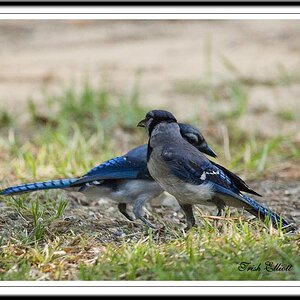
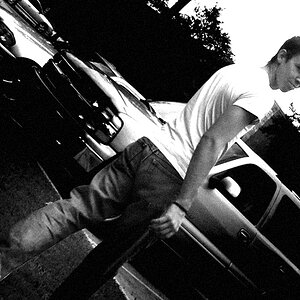
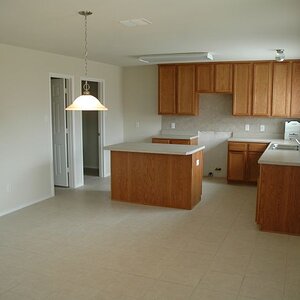
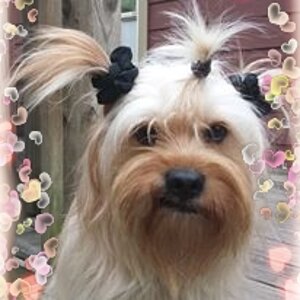
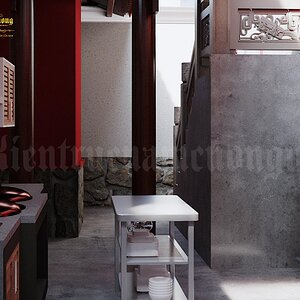

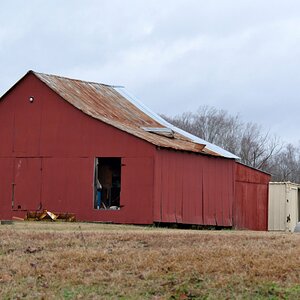
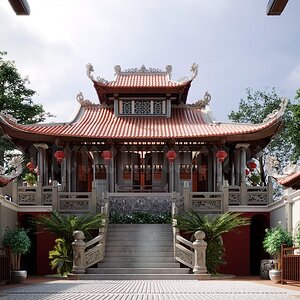

![[No title]](/data/xfmg/thumbnail/36/36603-a830ccec573081105d6aafcccc650605.jpg?1619737642)

![[No title]](/data/xfmg/thumbnail/37/37131-0af98967b391a8bd22ce1d14f6afb9cc.jpg?1619737884)